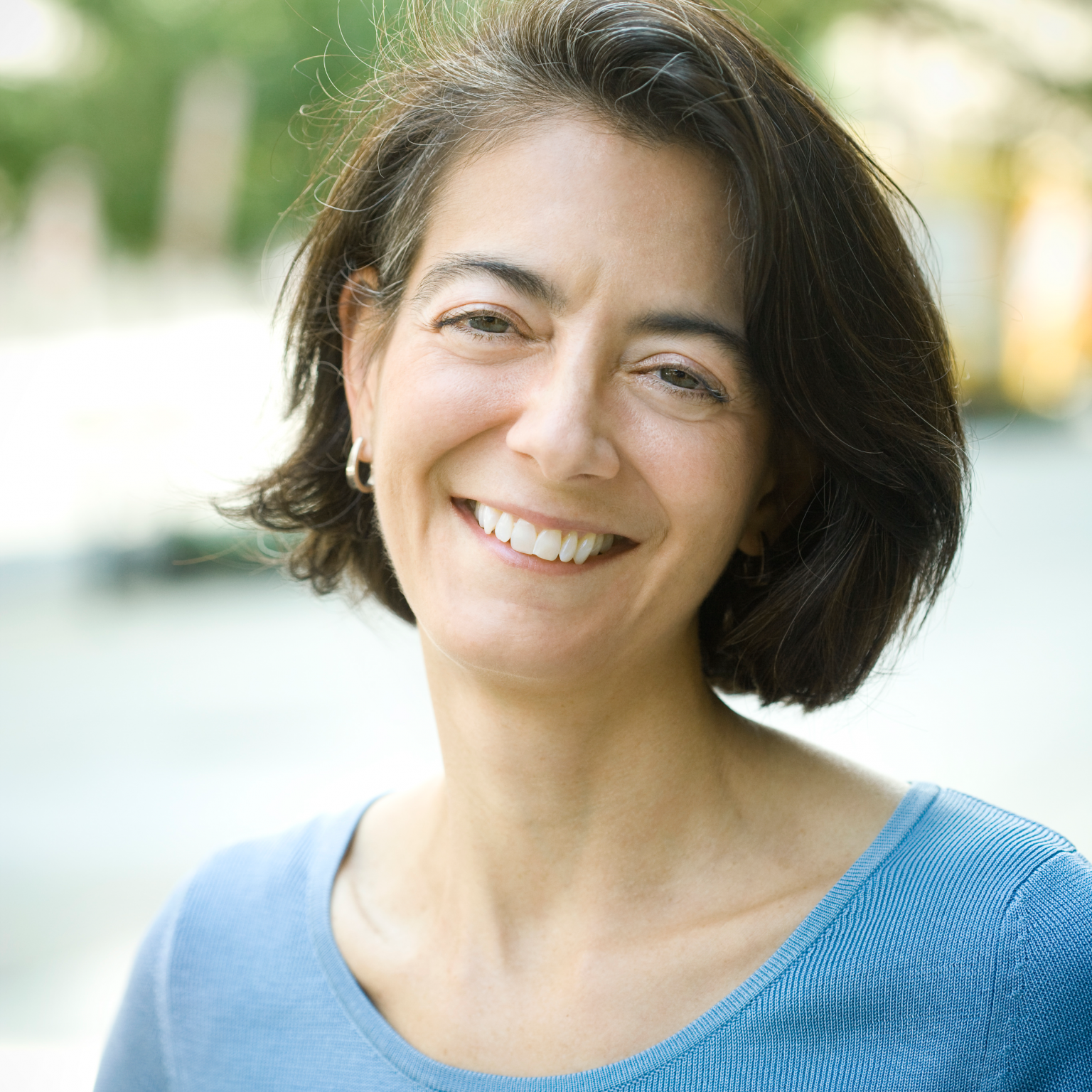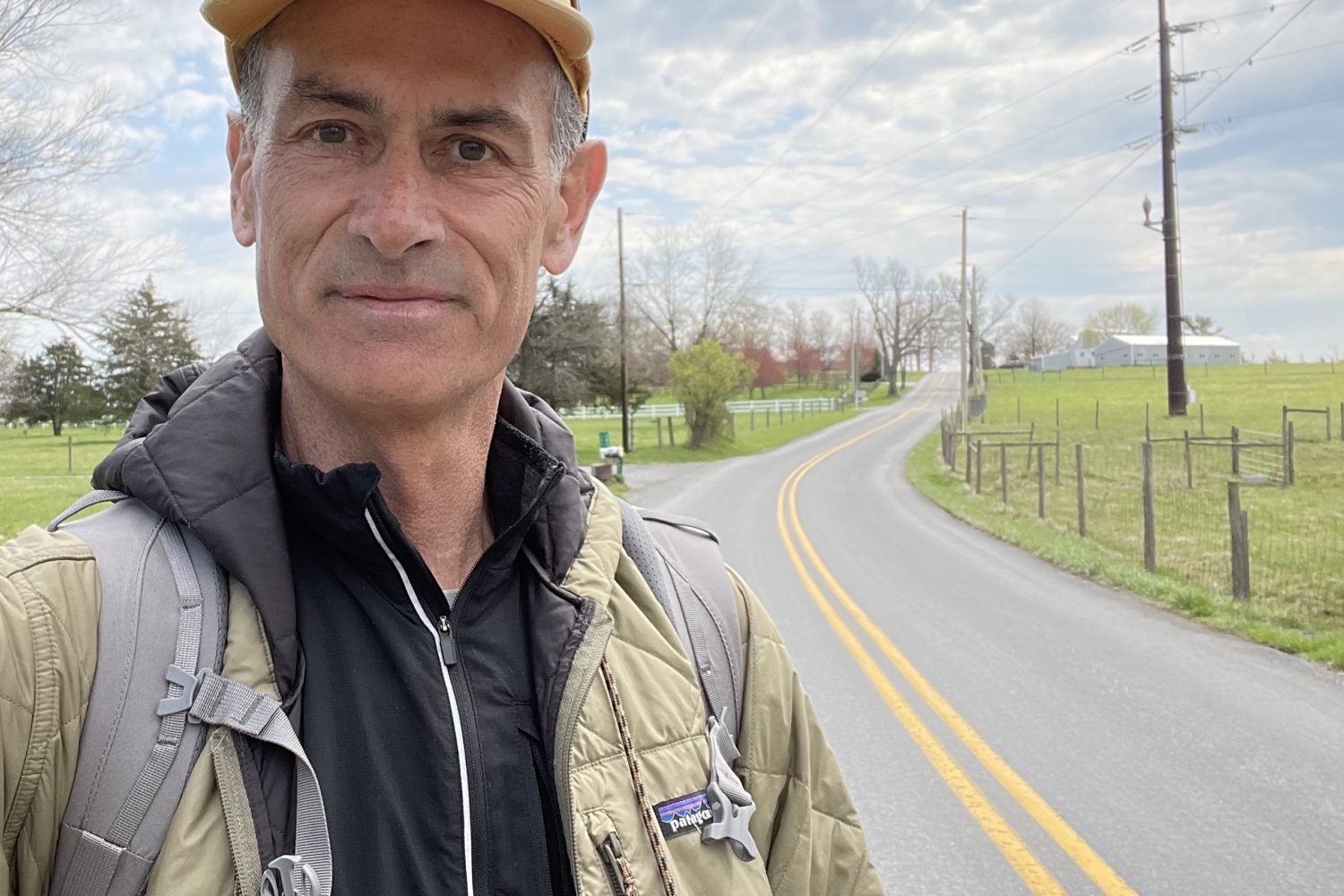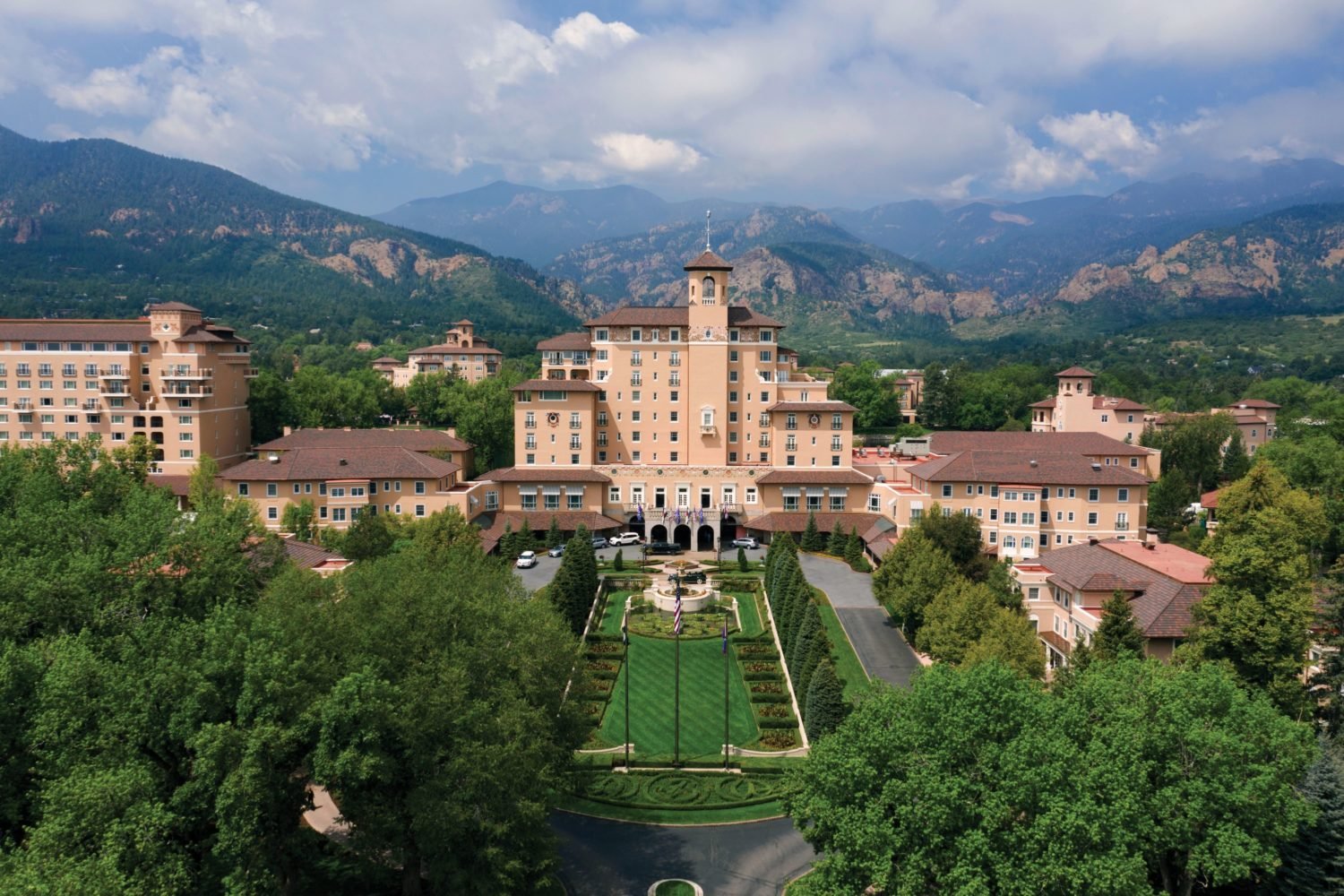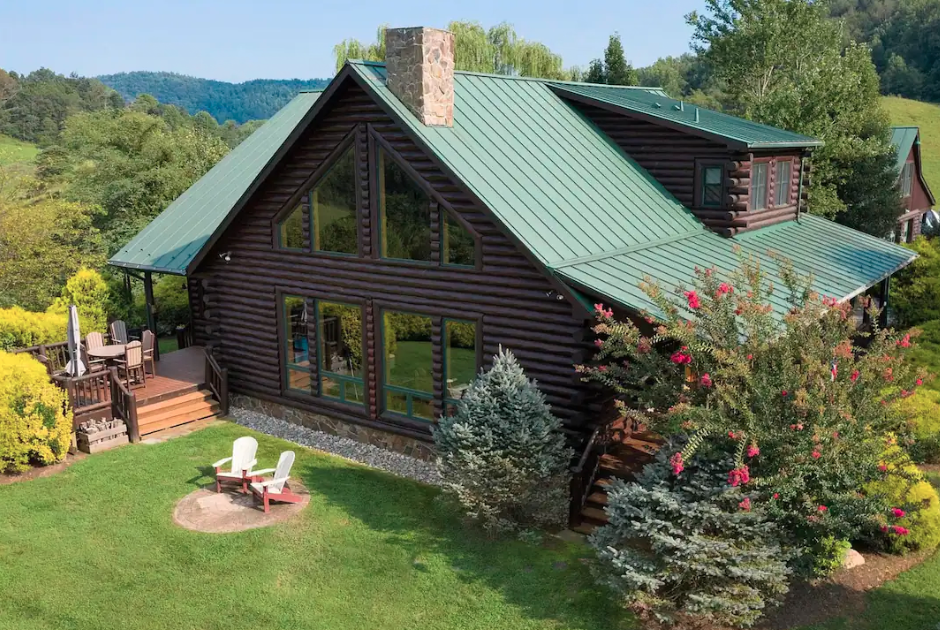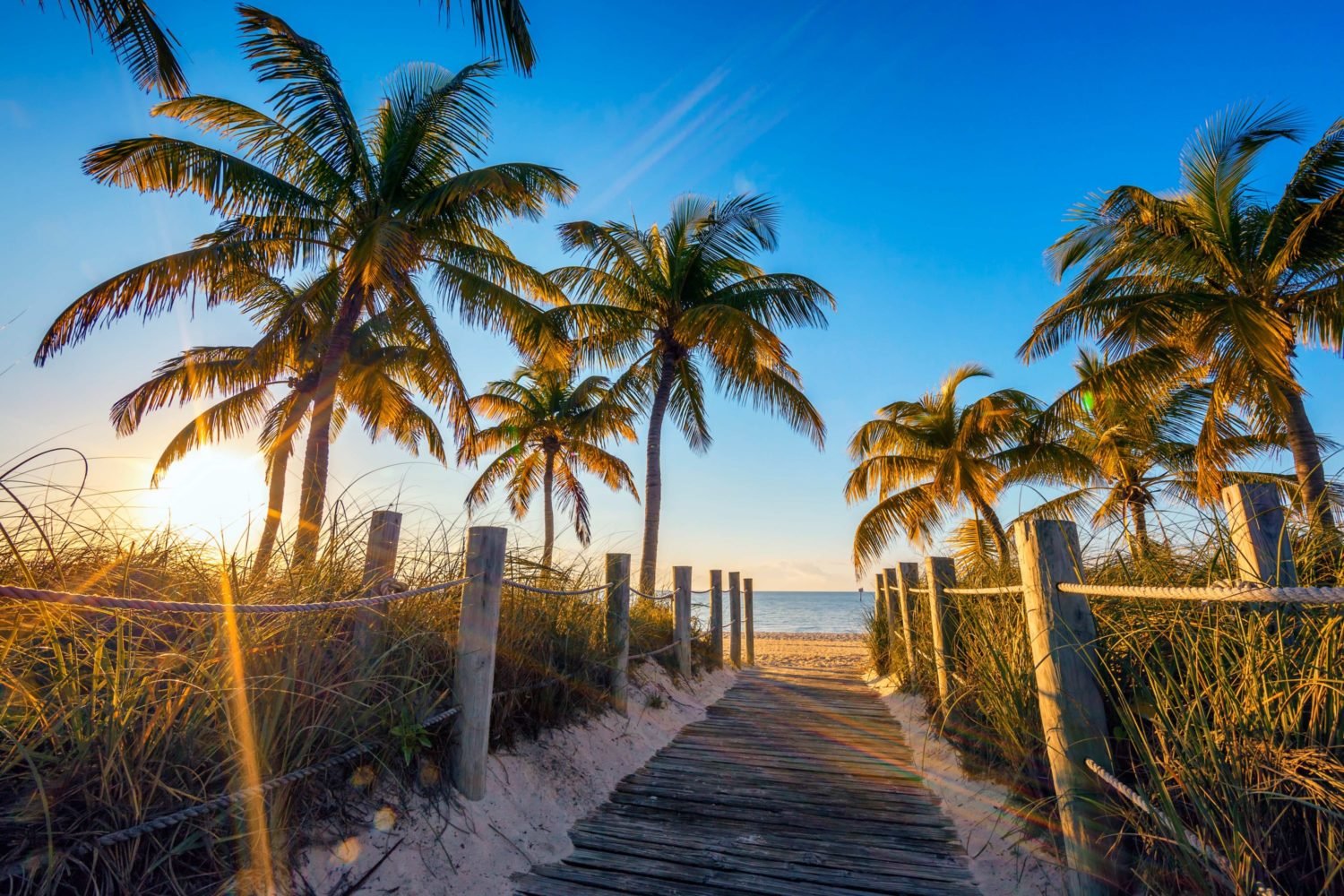In 2005, as my husband and I planned a trip to Greece, one well-traveled friend warned: “You’re spending two days in Athens before the islands? That’s too much. Get out of Athens as quickly as you can.”
According to this friend, Athens was dirty, crowded, and unpleasant. But our plans were set. Besides, we decided that any city that was home to the Acropolis—where we would be spending one day sightseeing—couldn’t be that bad.
We were right—and we had a terrific time. My husband and I found the city to be clean and the people friendly. (Maybe it helped that we learned basic Greek phrases such as “thank you” and “please.”) We landed in a new airport, and a new train whisked us from the airport to the city center.
Why was our experience so different from our friend’s? My theory: the Olympics.
Our friend had visited years before Athens won the right to host the 2004 summer games. We visited the summer after the Olympics—after infrastructure had been built or revamped and after—so we were told—trash had been swept away. That’s not to say that everyone who visited Athens pre-2004 had a bad time, but the city seemed eager and ready for tourists when we arrived.
Coincidentally, the following year, in the fall of 2006, my husband and I traveled to Vancouver and British Columbia, which was preparing to host the 2010 winter games. As we came across construction and road crews, we wondered what it would all eventually look like—although it was very exciting and presentable even then. We got to thinking, after our experience in Athens: It’s not a bad idea to visit a host city after an Olympics.
Even if Vancouver wasn’t hosting the Olympics, I’d recommend a trip there. It is one of the nicest, most livable cities I’ve visited and I’m not alone in my impression—four times in the past decade, including in 2009, an annual readers’ poll by Condé Nast Traveler has chosen it the best city in the Americas. My husband and I briefly toyed with the idea of moving there, we loved it that much.
What’s to like? It’s a city where people live and work and play, giving it great energy. Its well-planned urban core has a fairly even ratio of high-rise residential and commercial space—meaning the city isn’t deserted come nightfall. Many restaurants have patios or decks with heat lamps—so you can eat outside a good portion of the year.
Nestled between the Pacific Ocean and the Coast Mountains, Vancouver rarely gets really cold—winters may be gray, but not frigid—making it an outdoorsy person’s dream. It’s also a laid-back, progressive city—Greenpeace and the yoga-wear shop Lululemon Athletica, among others, were founded here.
Our first afternoon, we sat on a bench along the seawall promenade, watching cyclists, rollerbladers, and joggers going by and yachts bobbing in the marina. “Beautiful day, eh?” one man said as he strolled past with his daughter on his shoulders. Indeed it was.
In preparation for the Olympics, Vancouver, like Athens, has spiffed up its airport: Visitors arriving on international flights are greeted in the terminal by “birdsong” and trickling water, and there’s even more public art than before. A new rail line, the Canada line, whisks visitors from the airport to downtown in a half hour, for about $67 US.
What to Do
• Take an Aquabus ferry across False Creek to Granville Island Public Market. Think DC’s Eastern Market but larger. The city’s top chefs buy ingredients at the food stalls—the amazing fresh salmon and halibut we saw made us long for a kitchen in our hotel room. Other shops and stalls sell everything from woodworking to original art (there’s an art institute on the peninsula) to interesting gifts. You can buy lunch and watch street performers—on the day we visited, an escape artist entertained the crowd.
• Visit Stanley Park. At 1,000 acres, it’s one of the largest urban parks in North America. A seawall path is popular with cyclists, in-line skaters, and strollers—it’s 5½ miles long inside the park, but the path continues outside the park, for a total of almost 14 miles. A good place to rent bikes is Spokes Bicycle Rentals, at the park entrance. Don’t miss the nine totem poles within the park, and the Vancouver Aquarium Marine Science Centre. The National Aquarium in Baltimore may be a bit splashier, but Vancouver has something Charm City doesn’t—beluga whales.
• Take in the city views from the top of Grouse Mountain. If you’re visiting in winter, this mountain, around 15 minutes from downtown, is even open for night skiing—and you’ll get views of Vancouver’s skyline all lit up. In summer, you can take the Skyride to the top or opt for the infamous Grouse Grind, a steep, hourlong, 1.8-mile hike with an elevation change of 2,800 feet. It didn’t earn its nickname, Mother Nature’s StairMaster, for nothing. At the top, don’t miss two orphaned grizzly bears, Grinder and Coola, at the Refuge for Endangered Wildlife.
• Vancouver isn’t just all outdoor fun; there are cultural attractions, too. Two worth seeing are the Vancouver Art Gallery and the University of British Columbia’s Museum of Anthropology, which has an impressive collection of totem poles and Northwest artifacts.
• If time allows—if you’re planning to spend, say, a week or more in this region—consider venturing out to Vancouver Island. Many visitors head to Victoria, where you can stroll along the inner harbor, get a terrific overview of local history at the Royal British Columbia Museum, and drive a half hour outside the city to see the remarkable Butchart Gardens. (A tip: Get there when the gardens open to beat the tour buses.) We personally found Victoria a bit touristy; we preferred the dramatic natural beauty of Tofino, where we stayed at the isolated Wickaninnish Inn, perched on the Pacific coast—from our room, I could watch the waves. The town is a fascinating mix of fisherman and hippies, and you can go whale-watching and fishing. Both Victoria and Tofino are a healthy drive from Vancouver—it would take all day to reach Tofino. Or you can hop on a float plane, the transport of choice in these parts—the trip to Victoria on Orca Airways is less than an hour, while Tofino is about an hour. If your time is limited and Tofino is too far, consider a stay at Sooke Harbour House in Sooke, where you can enjoy the Pacific experience—whale-watching, fishing, and great seafood—closer to civilization.
Where to Eat
Vancouver has long had a reputation for fine food, much of it locally sourced. In 2008, Food & Wine chose it as one of the top ten restaurant cities in the world. Two top chefs have set up shop—Jean-Georges Vongerichten at Market restaurant at the Shangri-La hotel and Daniel Boulud at DB Bistro Moderne and Lumière.
Much of the city’s best dining is clustered in its neighborhoods, and one hot ’hood of the moment is Gastown, where cheap rents a few years back encouraged up-and-coming chefs to move in. (For the same reason, it also has interesting boutiques.) Among the standout choices are Salt Tasting Room, for its charcuterie and 1,000-bottle wine cooler; Blue Water Cafe & Raw Bar, for sushi and seafood; Chambar, a Belgian spot with great moules frites where I feasted on a wonderful lamb tagine braised in cinnamon, honey, and figs; and, next door, sister spot Cafe Medina, where the terrific coffee and Belgian waffles keep it buzzing at brunch.
In Yaletown, another restaurant-heavy neighborhood, is Italian favorite Cioppino’s Mediterranean Grill & Enoteca. It was named restaurant of 2009 by Vancouver magazine, for pasta dishes such as a garganelli with wild-boar sausage ragout and linguine with lobster in a tomato-cream-lobster sauce. A great spot for lunch or breakfast—lines can be long for Sunday brunch—is Provence Marinaside, with its harbor view. Many menu items have a French flavor, such as savory grilled-chicken crepes with mushroom and asparagus sauce. Don’t skip dessert—or the French bread. For a rude awakening, so to speak, try breakfast at the Elbow Room, a diner known for the “friendly abuse” its wait staff dishes out to patrons. Want a second cup of coffee? Signs advise you to “get it yourself.” Can’t finish your food? You’ll be asked to make a donation to A Loving Spoonful, a charity that feeds homebound people with AIDS.
Other restaurants of the moment are Fuel, run by Vancouver magazine’s 2009 chef of the year, Robert Belcham—who, the magazine writes, has a way with pork and buttermilk fried chicken—and Coast, a new $4.8-million space that specializes in seafood, including such local catches as Dungeness crab, oysters, halibut, cod, and sablefish. On Thursday, Friday, and Saturday nights, a happy-hour crowd packs the oyster bar.
Where to Stay
• Opus Hotel. This boutique hotel, where we stayed, is nicely situated in Yaletown, the city’s former warehouse district; it’s a short walk to the harbor and to good restaurants. The Opus’s bathrooms are large, its decor colorful, and the linens luxurious—Egyptian-cotton sheets and Frette robes. The staff was excellent, and the hotel offers free car service throughout downtown. VIP guests have included Sting, Annie Lennox, John Cusack, and Lady Gaga. Rooms start at $216 in winter, $282 in summer.
• In time for Olympic visitors, many new hotels have opened or are opening in Vancouver—and most of the city’s longtime hotels have been renovated. A popular new boutique hotel is the Loden Vancouver. Like the Opus, the Loden is sleek and modern. Shangri-La Hotel Vancouver, the first Shangri-La to open in North America, is arguably now the city’s most luxe place to stay, with the attentive service the chain is known for. Slated for a splashy opening in February is the Fairmont Pacific Rim. The rooftop pool—featuring private cabanas with fire pits—is said to be incredible.
• Budget-minded travelers might consider the Listel Hotel, nicely situated in the city’s Robson Street shopping district; some rooms feature original art curated by a local gallery, and rates start around $134 a night. Another well-priced option is Blue Horizon Hotel, also on Robson Street.
What to Do at Night
• Vancouver isn’t known for its nightlife. Maybe all those mountain bikers and skiiers are early to bed, early to rise? But the city these days is into cocktails, and there’s no shortage of hip places to watch mixologists at work. In Gastown, try the Diamond, which has a speakeasy feel and old-time recipes. For cocktails in an upscale atmosphere—and more than 150 wines by the glass—check out the Yew Bar at the Four Seasons Hotel. The Cascade Room was one of the first bars to stir up the cocktail trend—and Nick Devine is one of the city’s star bartenders. Two other longtime staples of the cocktail scene, both in Yaletown, are George Lounge and the Opus Bar, in the Opus Hotel, where bar tables glow with orange light, glass-walled bathrooms feature live video feeds from the lounge, and you might spot a star in town filming a movie.
• Feel like dancing? While most of the area’s clubs are geared to an early-twentysomething crowd, the more upscale Republic draws a late-twenties-to-early-thirties clientele.
• If beer is your thing, you’ve no excuse to miss the Alibi Room, in Gastown, which offers microbrews and craft beers from around the province as well as from the United States and communal tables at which to enjoy them. It has 25 taps—recent selections have included Naramata Nut Brown from Cannery Brewing, Phillip’s Brewing Chocolate Porter, and Red Racer Brewing Empire IPA as well as several cask ales.
For More Information
• For reviews of Vancouver’s restaurants, neighborhoods, and shopping as well as a look at what’s new and a visitor’s guide of attractions, check out Vancouver magazine here.
• For general information on the city and planning a trip as well as the ability to search and book accommodations, visit Tourism Vancouver.
• For information on the rest of the province, including Vancouver Island—and maps—visit Tourism British Columbia.

